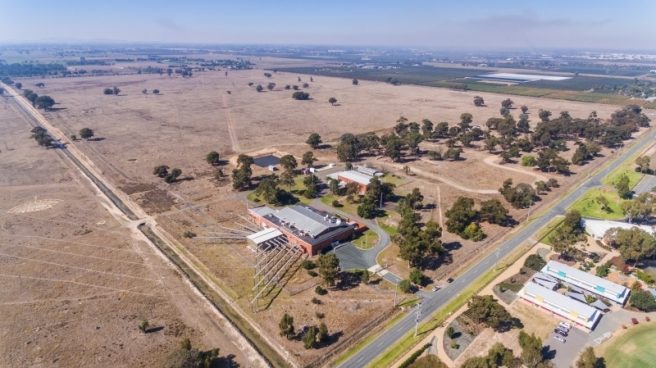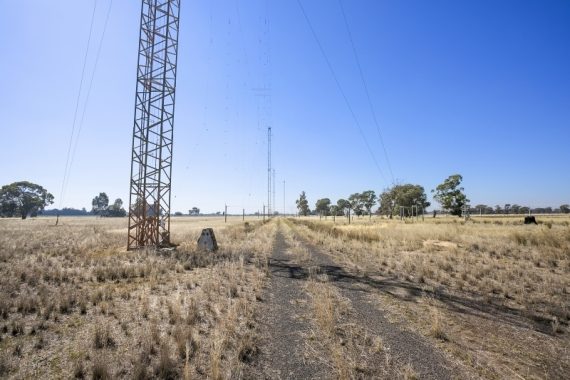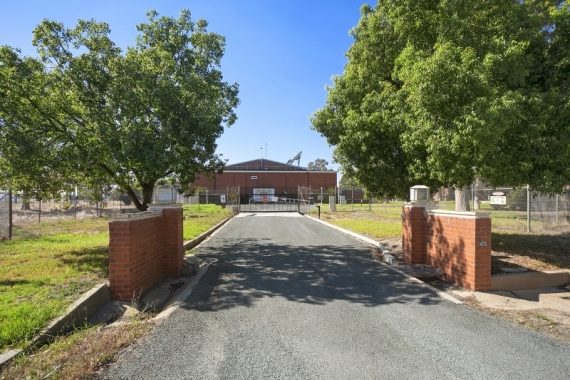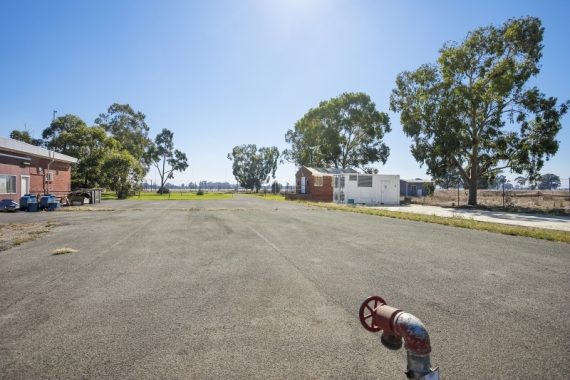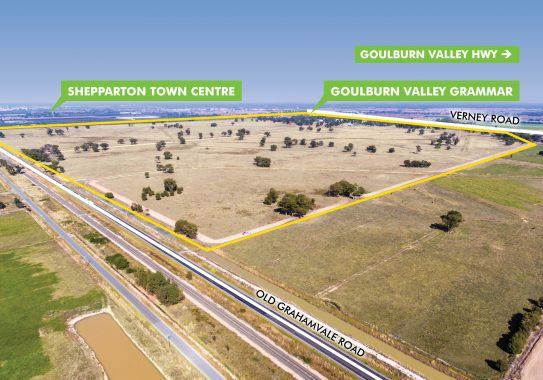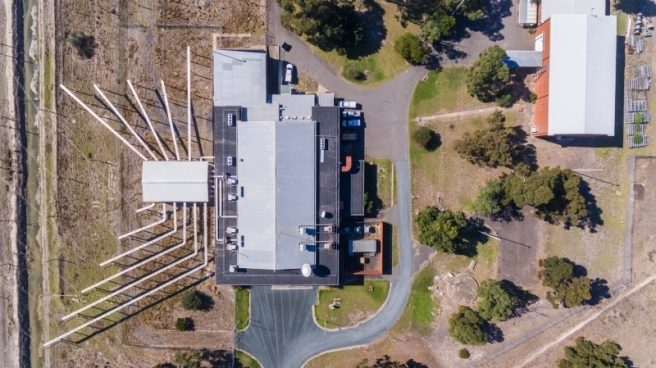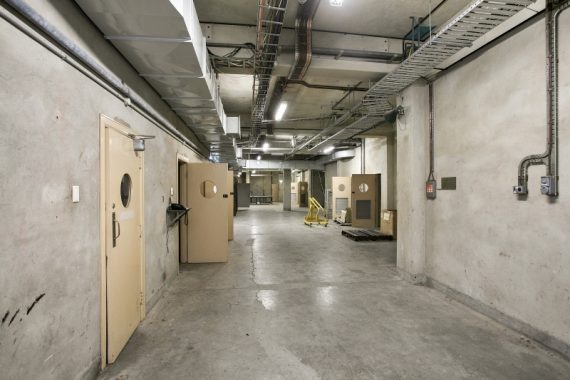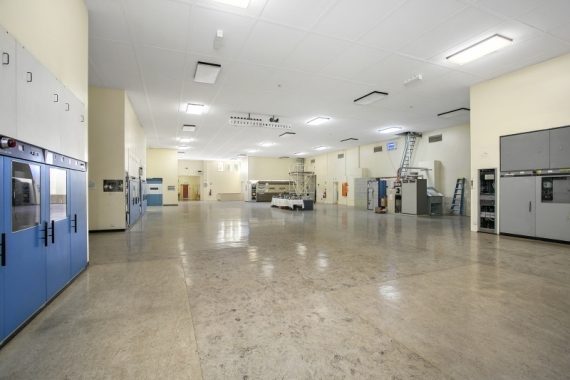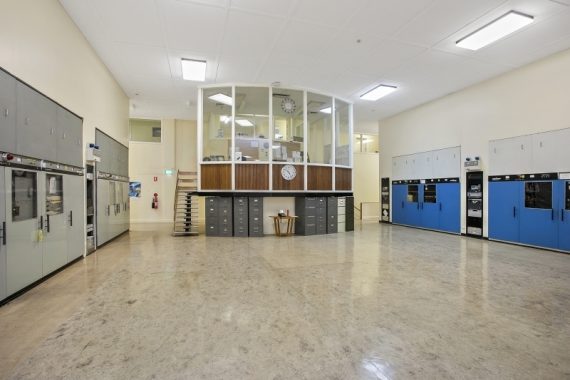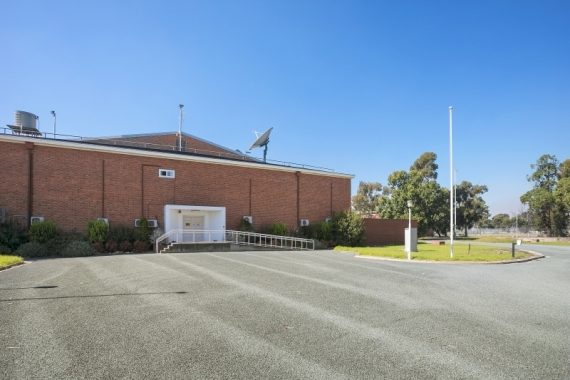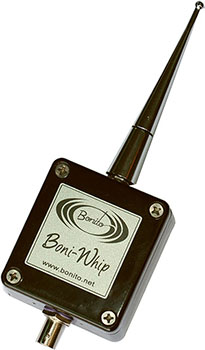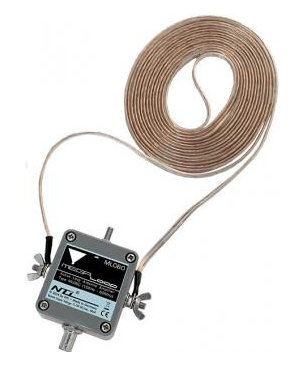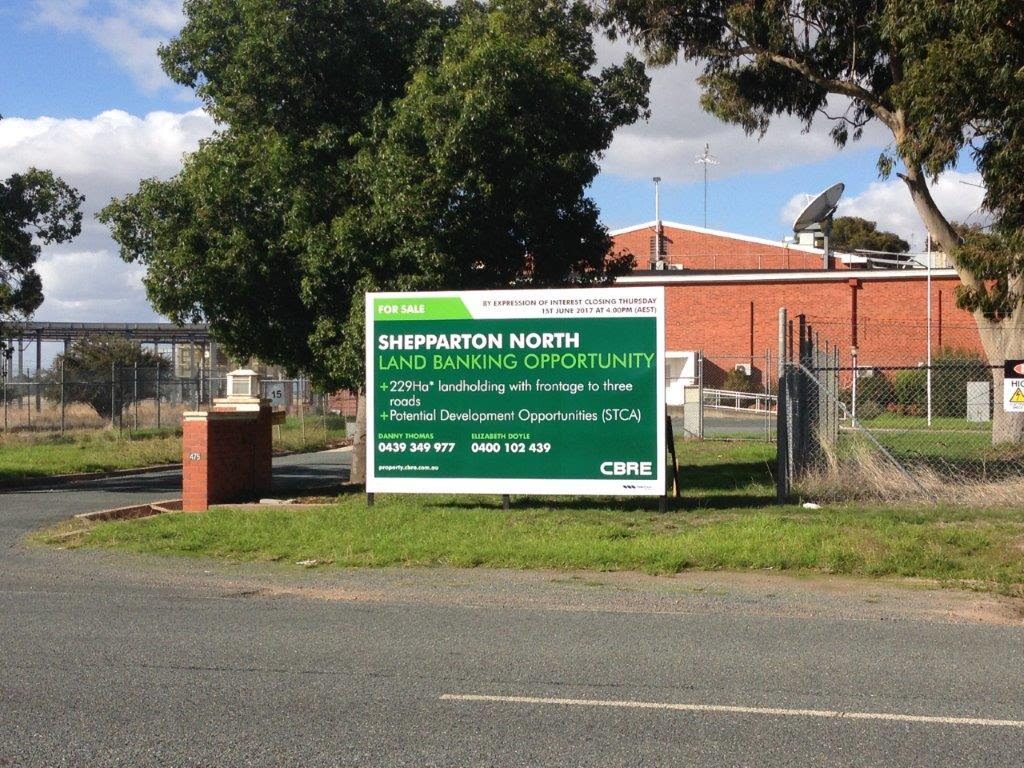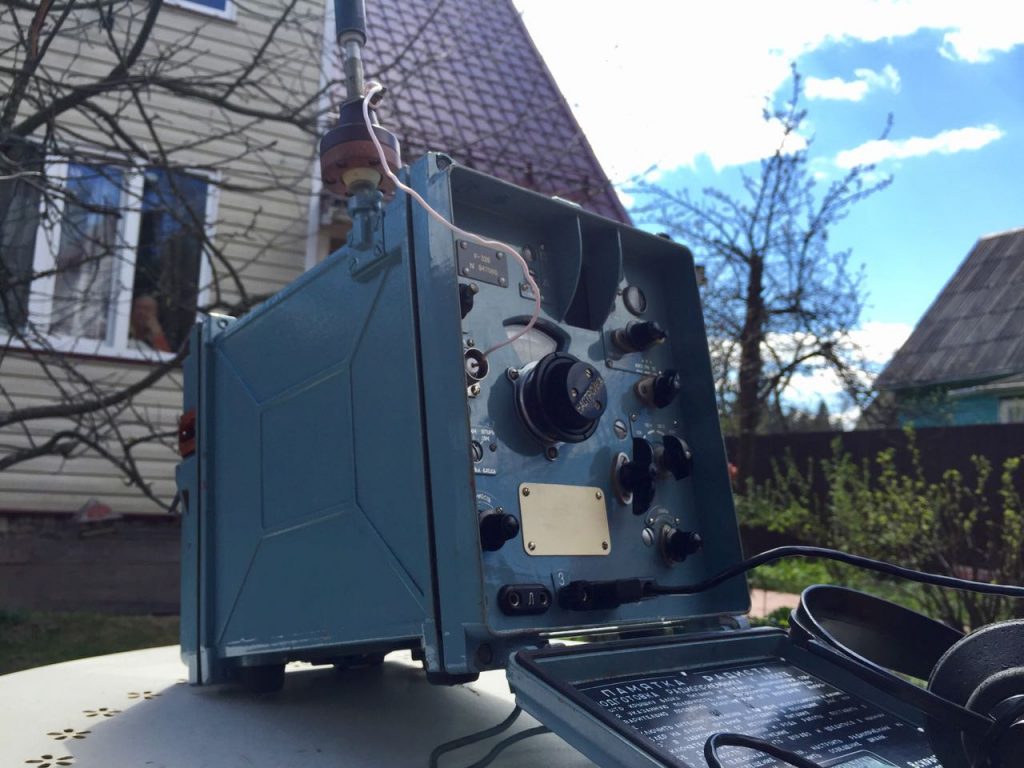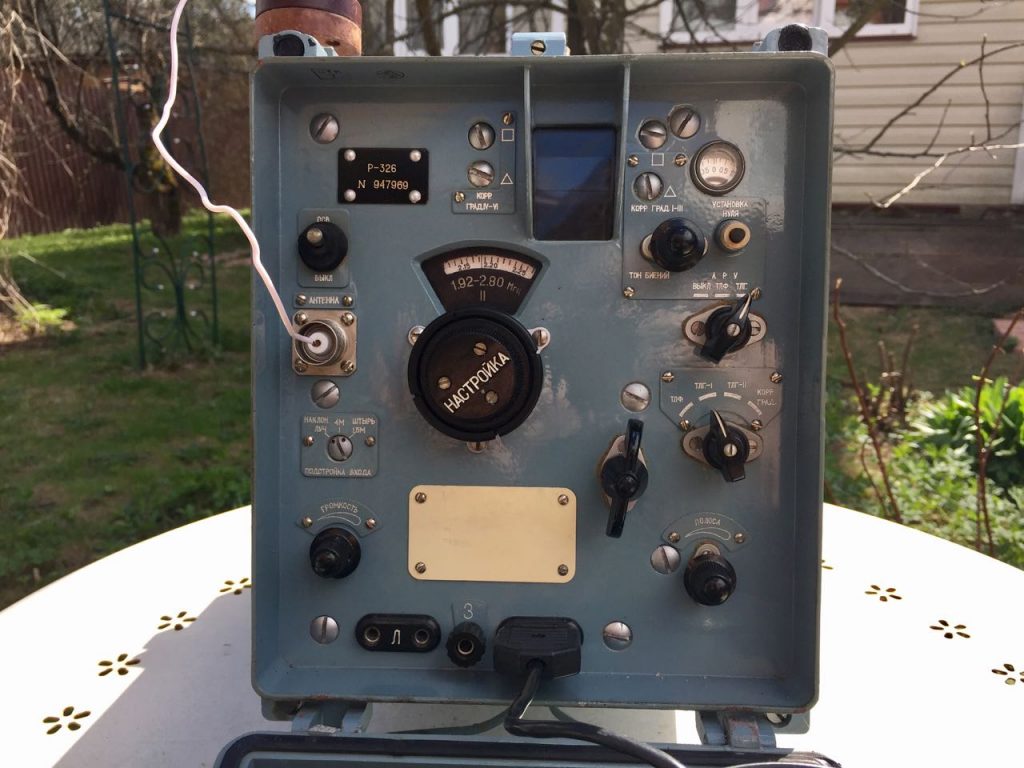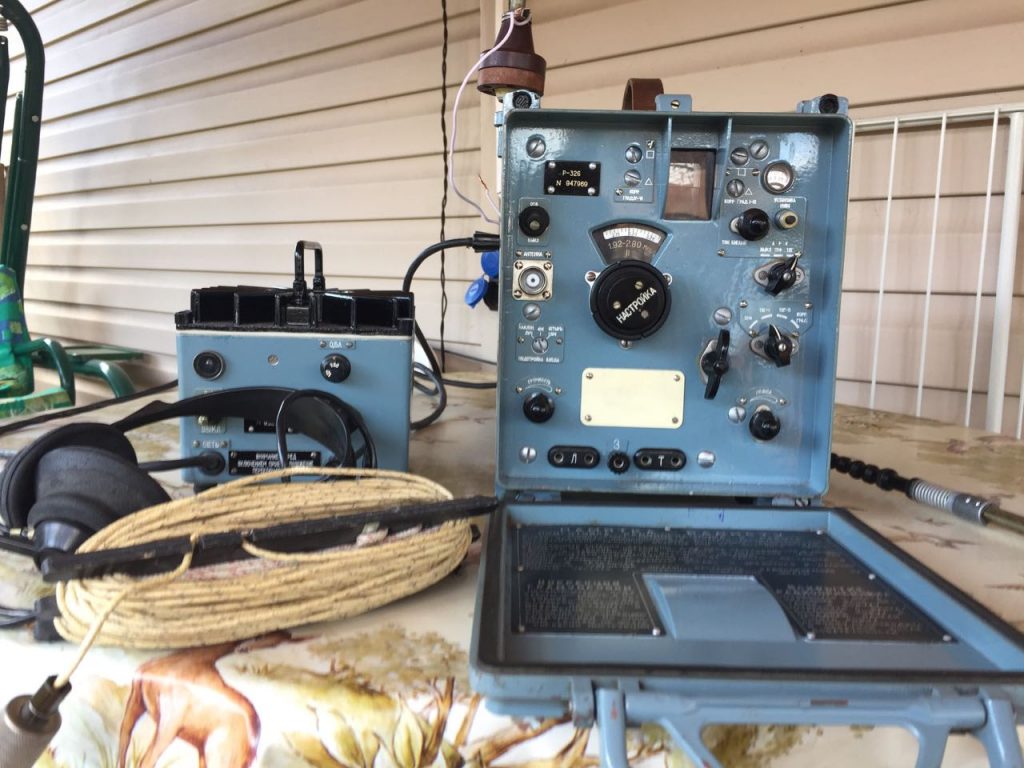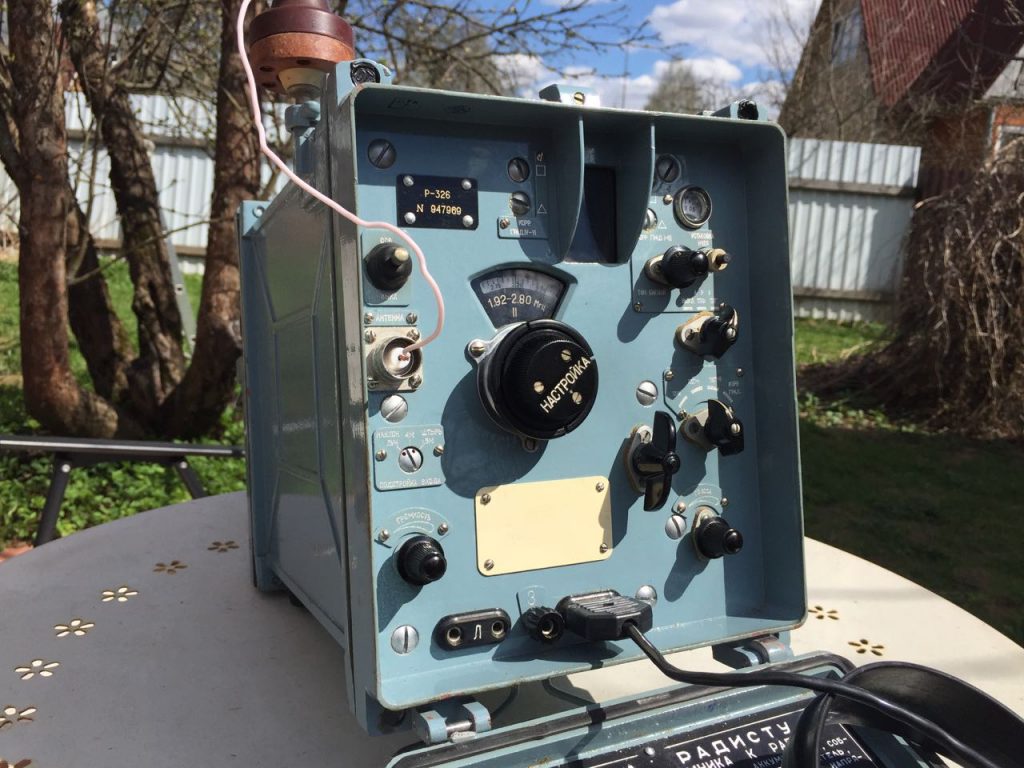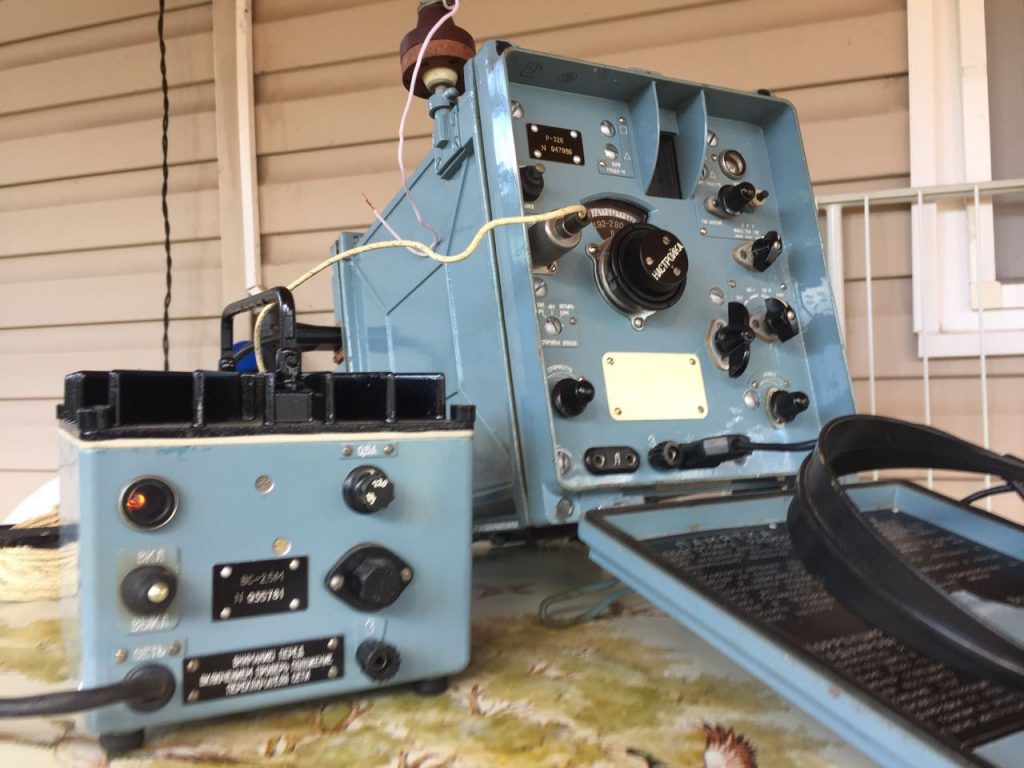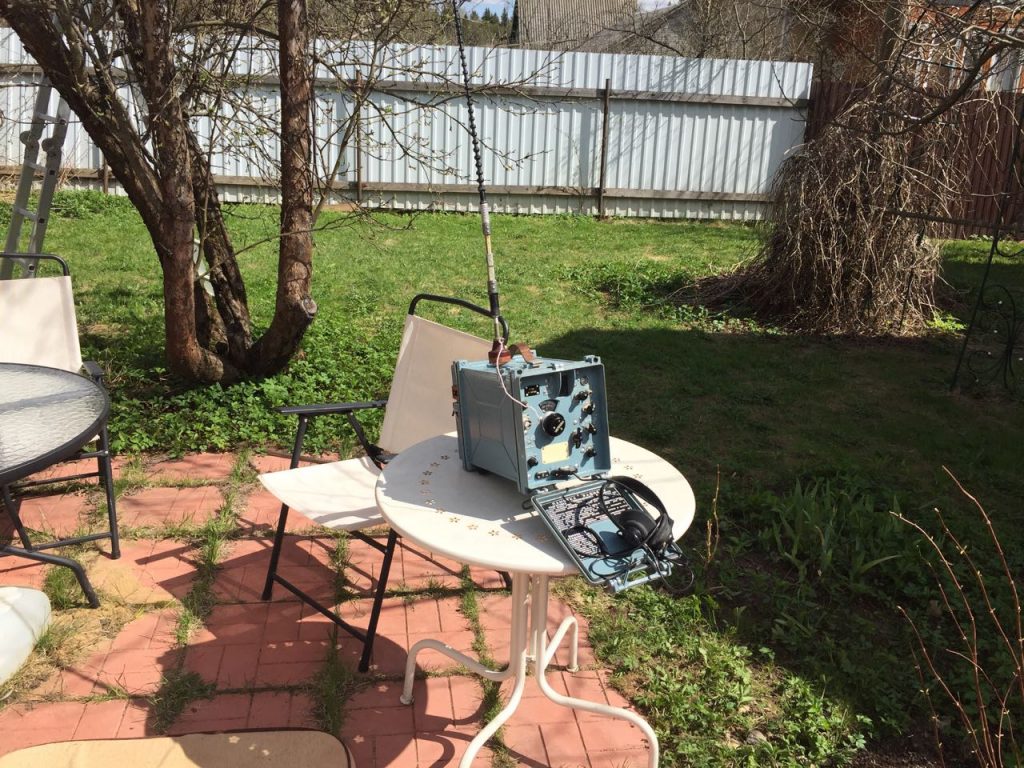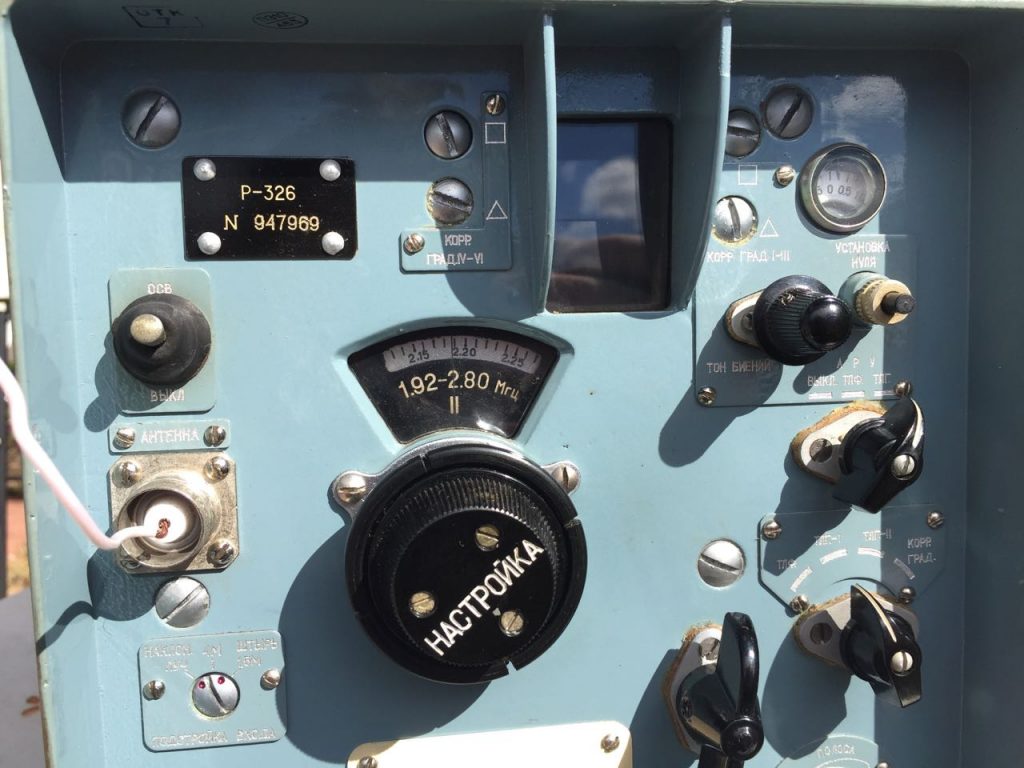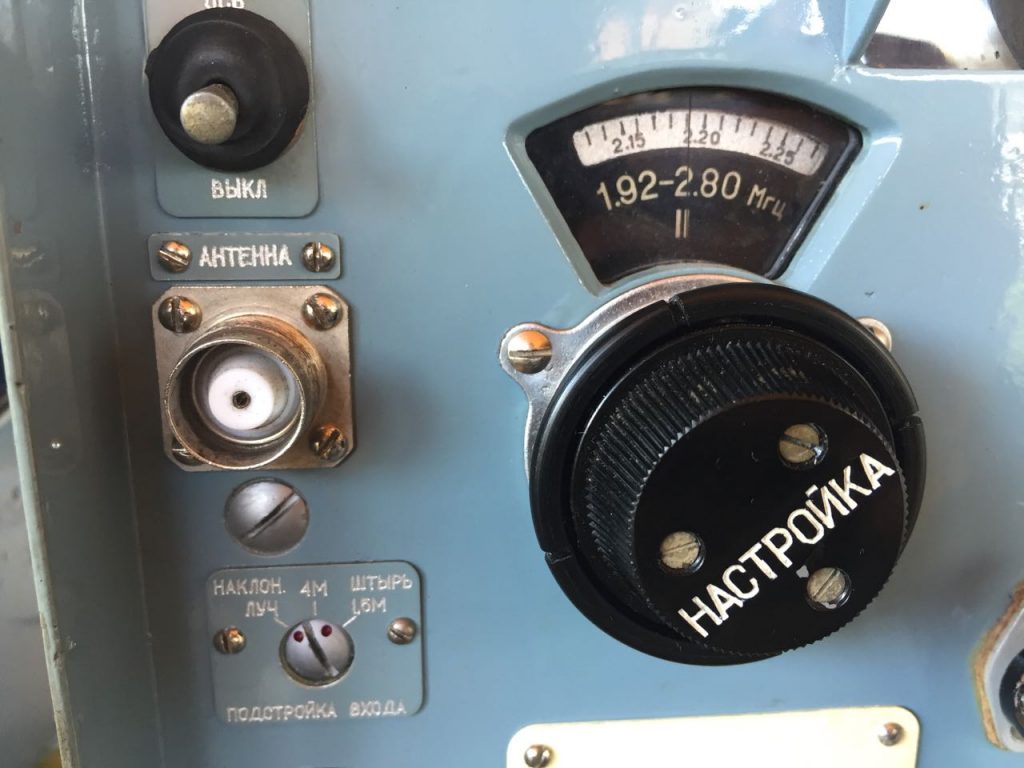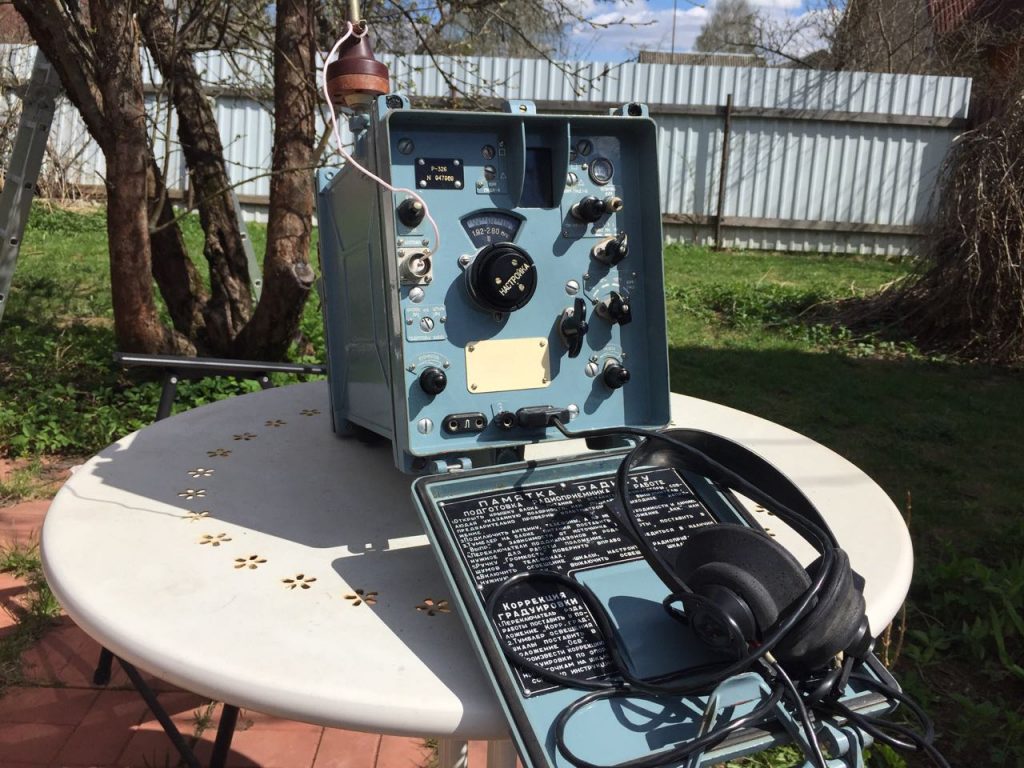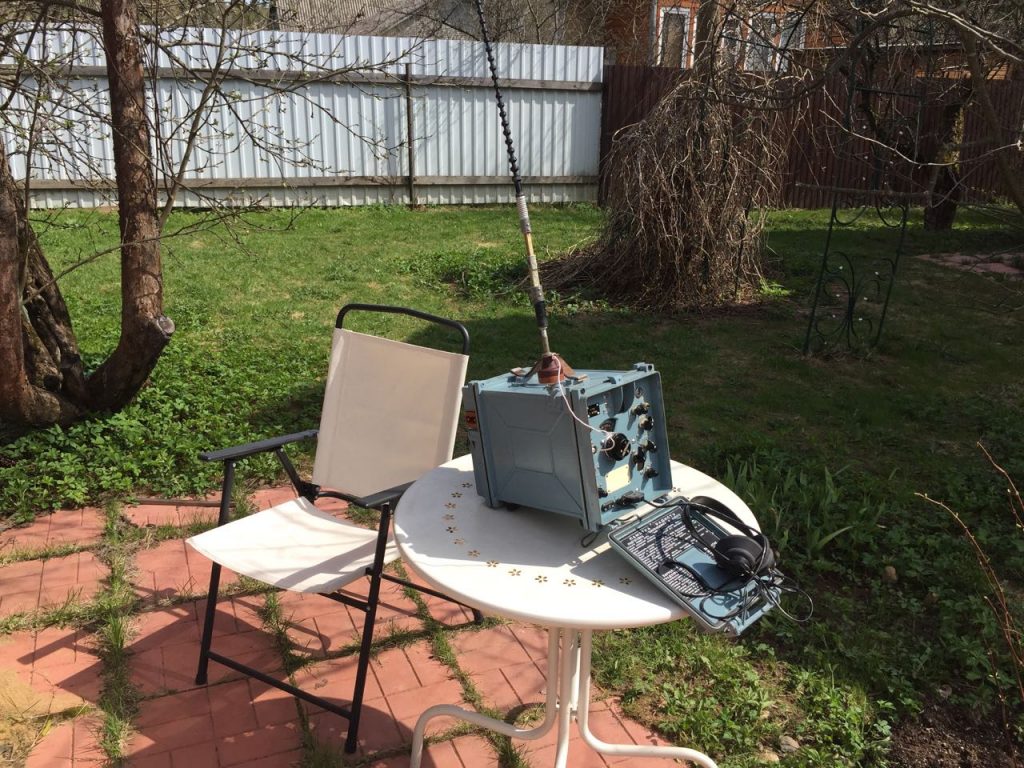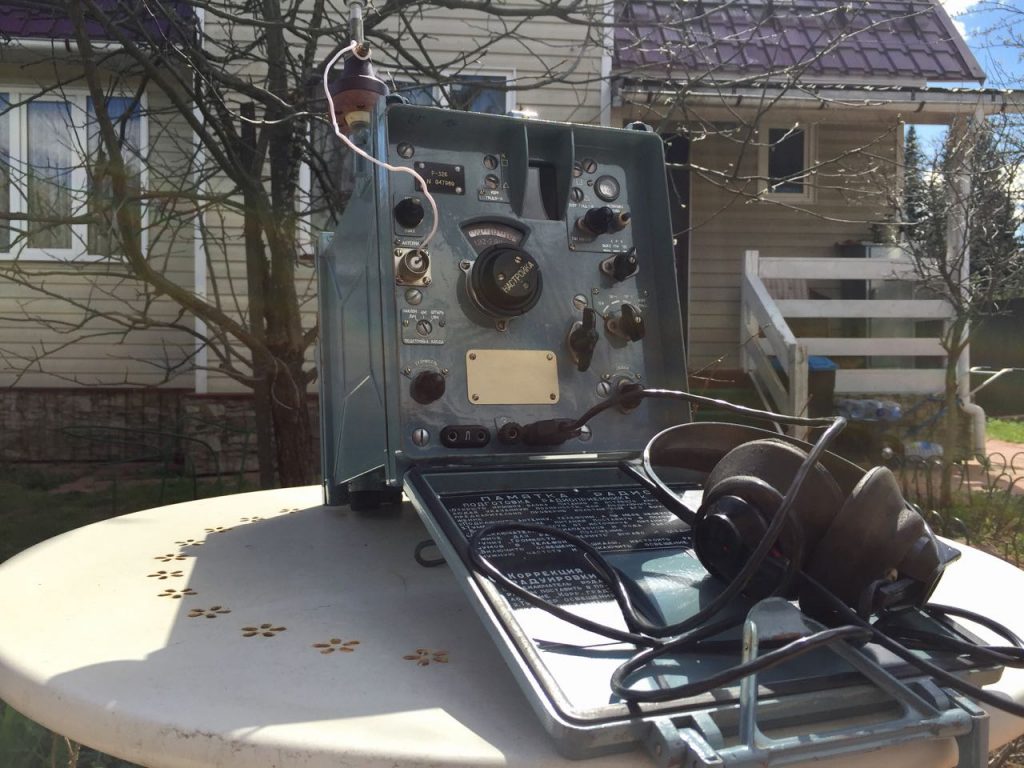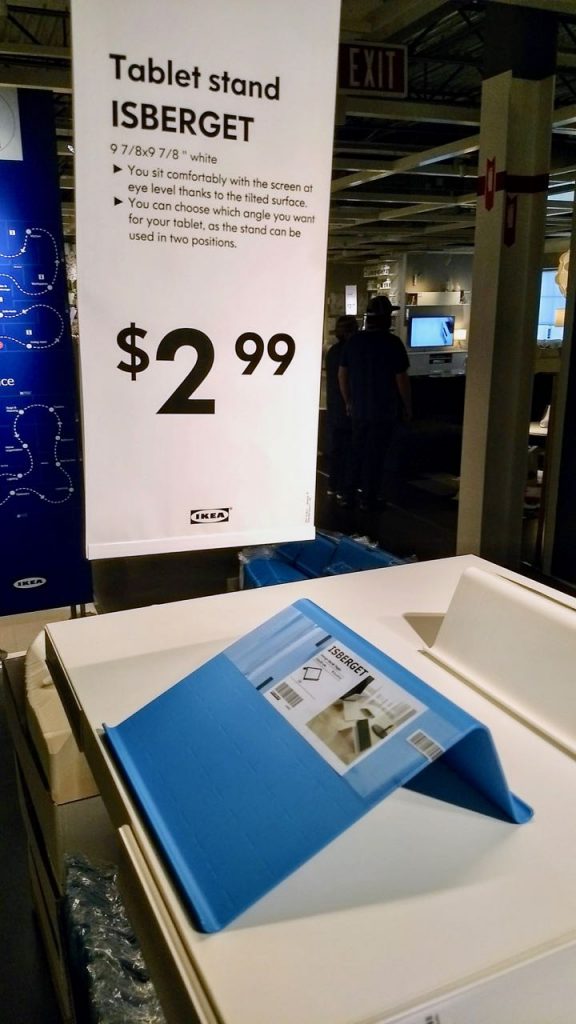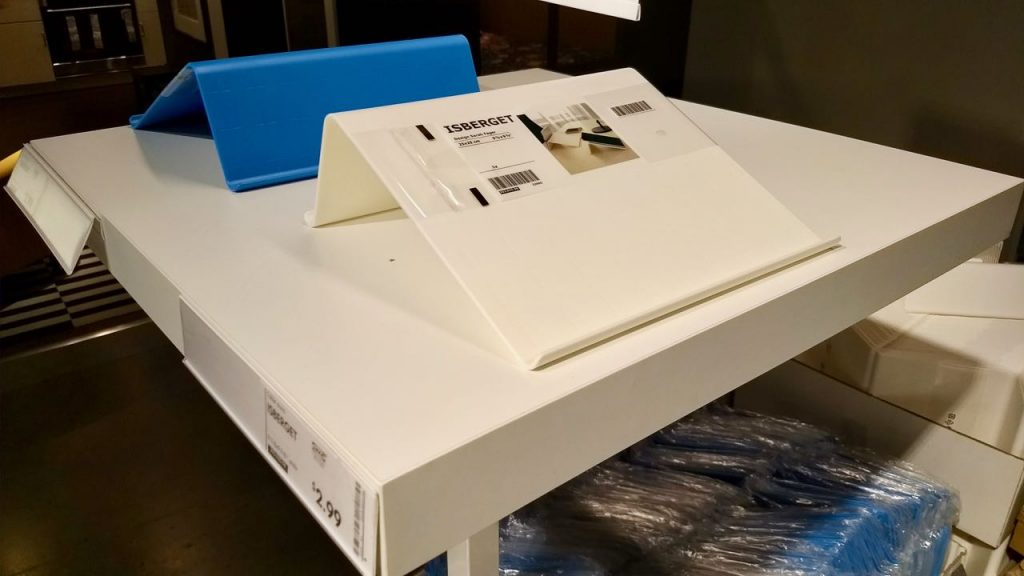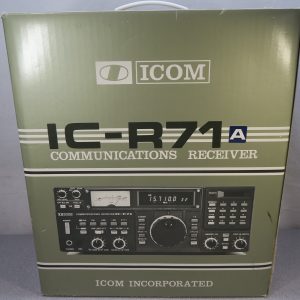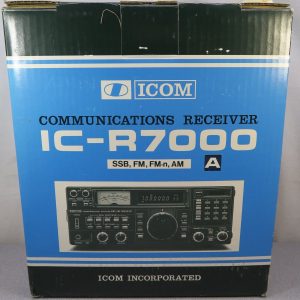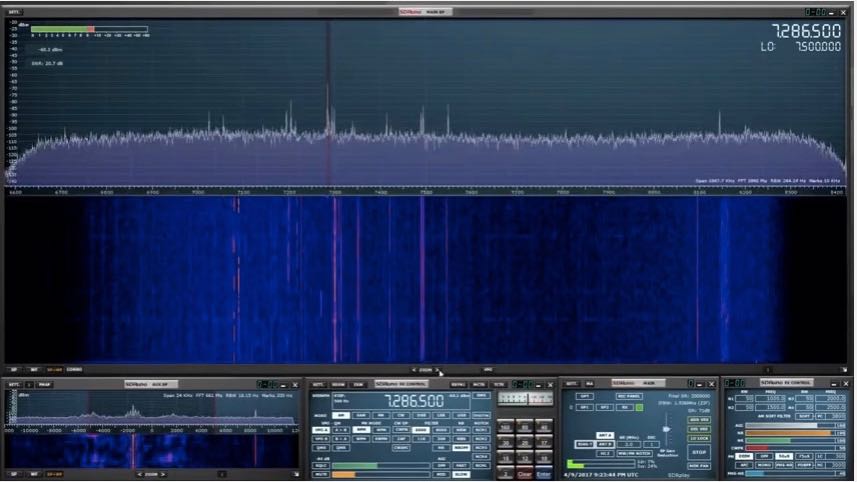Many thanks to SWLing Post contributor, Rafman, who shares the following info regarding the Shepparton broadcast site “Land Banking Opportunity” posted on Sunday. Rafman writes:
I found an excellent slide show & the the listing at
http://property.cbre.com.au/properties/490-verney-road-shepparton-north-vic-3631/
[T]hey’re marketing it as “agricultural”
Thanks, Rafman. Here’s the current property description from the ad:
490 Verney Road, SHEPPARTON NORTH, VIC, 3631
For Sale
By Expression of InterestSignificant Land Banking Opportunity
CBRE Agribusiness is pleased to present for sale 490 Verney Road, Shepparton North. Strategically positioned in Shepparton’s northern growth area, the property offers a large scale grazing opportunity with land bank potential.
Key features of the offering include:
– Significant and strategic 229* hectare landholding set across five freehold Certificates of Title
– Located moments from the Shepparton Town Centre (5* minutes) and just over two hours from the Melbourne CBD and Melbourneâ??s International (Tullamarine) Airport
– Situated opposite the highly regarded Goulburn Valley Grammar School
– Extensive road frontage of over 3,300* metres including Goulburn Valley Highway (417* metres), Verney Road (1,286* metres) and Grahamvale Road (1,606* metres)
– Access to irrigation with 12ML* high reliability water entitlement
– Two constructed irrigation channels
– Future Urban Development Opportunities (STCA)
– Site adjoins Low Density Residential and General Residential Zoned land to the west
*approximately
One SWLing Post reader, who works in real estate in Australia, explained to me that:
“An Expression of Interest (EOI) sale is a bit like a combination of an auction and private treaty sale. Typically, the property will be on the market for a set amount of time (often 1-2 months). During that time, potential buyers evaluate the opportunity, then submit their confidential bids with any conditions via the agent. When the consideration period ends, the seller reviews the offers and picks the best. EOIs are often used for unique properties like Shepparton.
They’re plugging the agricultural potential with the idea that an investor might “land bank” the purchase…meaning, buy the site, then use it for agriculture (grazing, etc.) until zoning and capital are in place for future urban development. Unless the buyer has very deep pockets and local political pull, it would likely take many years to have things set for residential development. If this were zoned residential already, it would be indicated (IN BOLD!) in the listing. Hi hi!”
Thank you for the clarification. I also understand that the site is still being managed and serviced by BA engineers and technicians.

